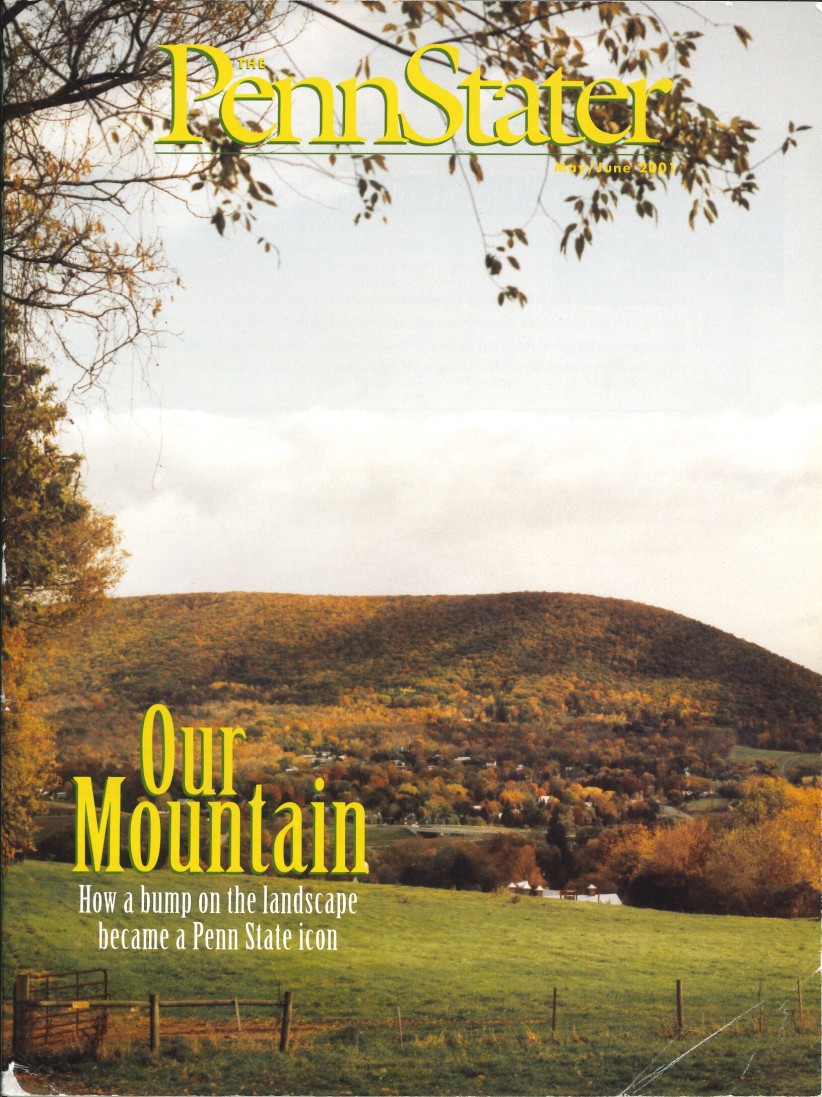From the Archives: Just a Mountain
From the May/June 2001 issue: It’s not particularly large. It’s not on campus. And it doesn’t really belong to Penn State. So why do we care so much about Mount Nittany?

From the May/June 2001 issue: It’s not particularly large. It’s not on campus. And it doesn’t really belong to Penn State. So why do we care so much about Mount Nittany?
